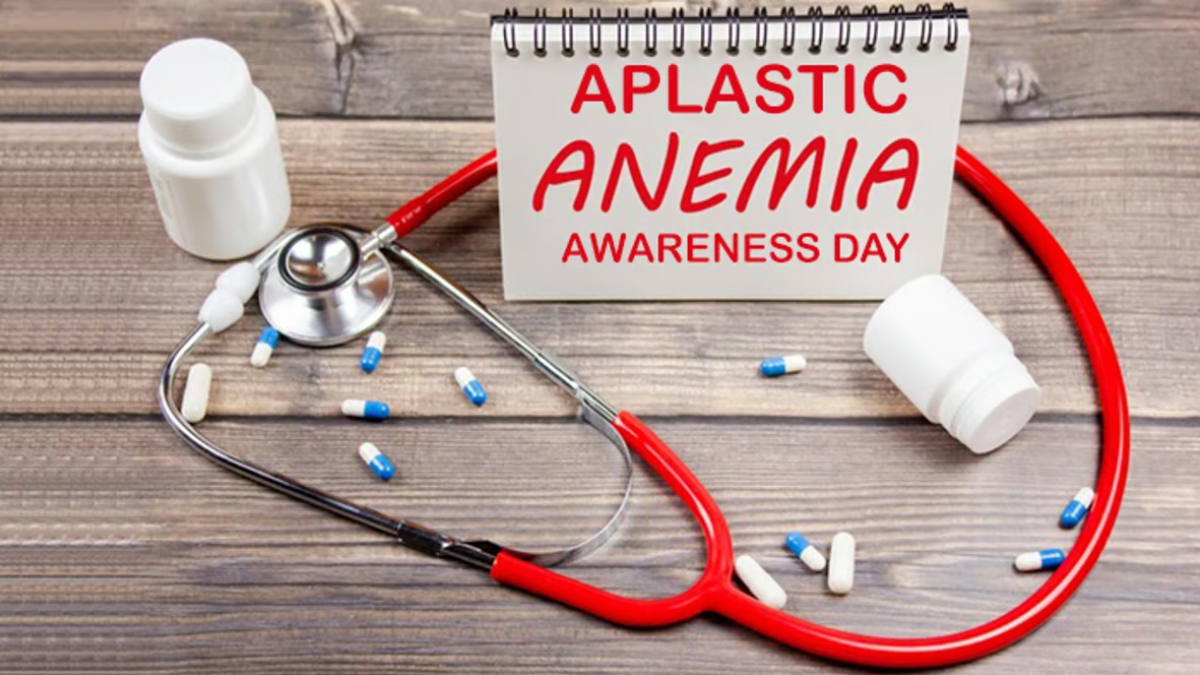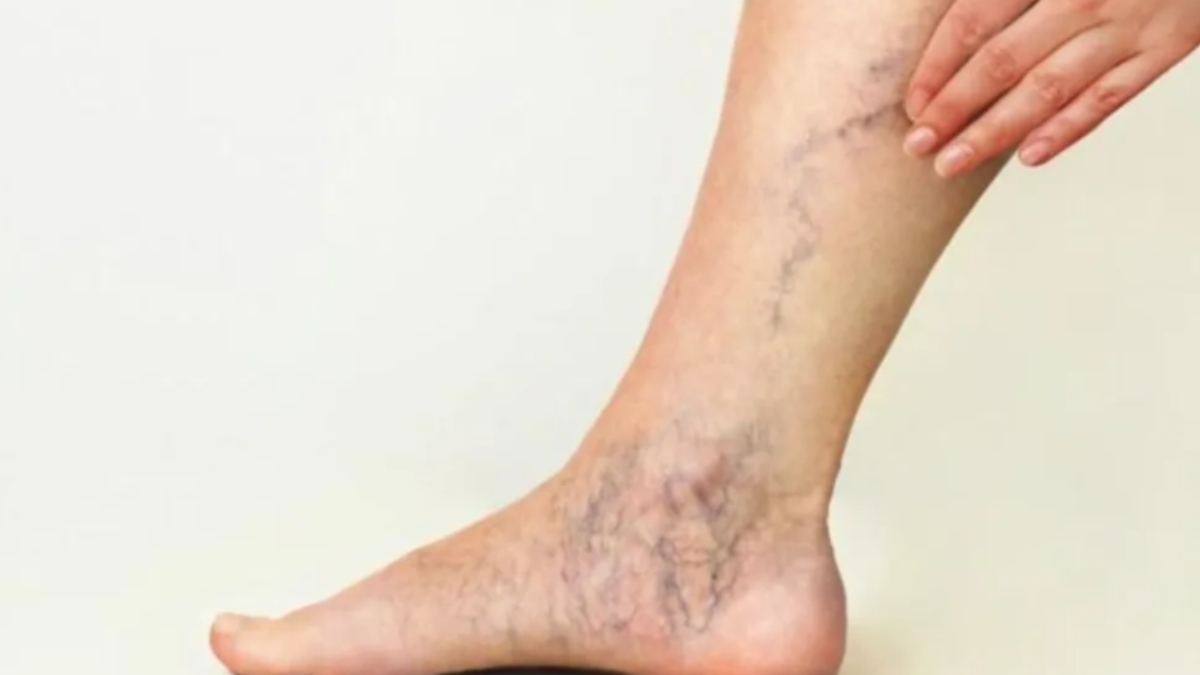March 4 marks Aplastic Anaemia Awareness Day, a day dedicated to shedding light on a rare but potentially life-threatening blood disorder that affects individuals worldwide. Aplastic anaemia is characterized by the failure of the bone marrow to produce enough blood cells, leading to a deficiency of red blood cells, white blood cells, and platelets. As we come together to raise awareness, it's crucial to understand the impact of this condition and the importance of early detection and treatment.
Dr. Rahul Bhargava, Principal Director of Hematology and Bone Marrow Transplant at Fortis Memorial Research Institute, emphasizes the significance of awareness and timely intervention. He states, "Aplastic anaemia is a complex disorder that demands prompt attention. Early diagnosis and appropriate treatment can significantly improve the prognosis for affected individuals."
Aplastic anaemia can strike anyone, regardless of age or gender, making awareness efforts vital in reaching a broad audience. Common symptoms include fatigue, paleness, frequent infections, and unexplained bruising or bleeding. Unfortunately, these symptoms often overlap with other conditions, leading to delayed diagnosis.
To tackle the challenges posed by aplastic anaemia, it is imperative to spread awareness about its symptoms, risk factors, and available treatment options. Dr Bhargava emphasises, "Understanding the early signs of aplastic anaemia is crucial for timely intervention. Increased awareness can empower individuals to seek medical attention promptly, leading to better outcomes."
The rarity of aplastic anaemia can contribute to a lack of understanding and misdiagnosis. By amplifying awareness, we can ensure that healthcare professionals and the public are better equipped to recognize and address this condition. "Education is key. Both healthcare providers and the general public need to be aware of aplastic anaemia to facilitate early diagnosis and appropriate management," he added.
Furthermore, the importance of bone marrow donation cannot be overstated in the context of aplastic anaemia. Bone marrow transplantation is a potential cure for many patients, particularly those who do not respond to standard treatments. Dr Rahul said, "Bone marrow transplant is a lifeline for individuals with aplastic anaemia. Encouraging more people to register as donors can significantly improve the chances of finding a match for those in need."
Further, Dr Rahul Bhargava shares his optimism for the future. "Advancements in medical research and increased awareness provide hope for better outcomes in aplastic anaemia. With continued collaboration and education, we can make strides towards improving the lives of those affected by this challenging disorder," he said.
As we observe Aplastic Anaemia Awareness Day, let us commit to fostering a better understanding of this condition. By joining hands together in spreading awareness, we can contribute to a world where individuals with aplastic anaemia receive timely diagnosis, effective treatment, and the support they need to lead fulfilling lives.















